Complete Solutions to All Questions of chapter CARBOXYLIC ACID of Class 12 book with complete answers and questions
| Class 12 | CHEMISTRY |
| Chapter | CARBOXYLIC ACID |
| NARAYANA | All Questions |
| Number Of Questions | 100 |
| Academic Year | 2023-24 |
Provide IUPAC name of the compound given below.
 03:02View Solution
03:02View Solution 03:23View Solution
03:23View SolutionComplete the following
(i) `CH_(3)-CH_(2)-overset(O)overset(||)(C)-CHBr_(2) overset((i) NaOBr)underset((ii) H^(+)) to `
(ii) `C_(6)H_(5)-C_(6)H_(5)-CH_(3) overset(Cl_(2)//hv)to (A) overset(H_(2)O // OH^(+)) to (B)`06:00View SolutionComplete the following
 03:57View Solution
03:57View SolutionArrange the following acids in the order of increasing acids strength
(i) `H_(2)SO_(4), C_(2)H_(5)OH`, Phenol, p-nitrophenol, HCOOH
(ii) `CH_(3)COOH,H_(2)C=CHCOOH,HCl,CH_(2)ClCOOH,HCOOH`
(iii) malonic acid, glutaric, adipic succinic, oxalic acid.07:50View SolutionWhich one is more stronger acid RCOOOH or RCOOH ? Explain.
04:09View SolutionMention two esters produced when a recemic mixture of 2-phenyl propanoic acid is treated with (+) 2-butanol. What is the stereochemical relationship between these esters ?
02:56View SolutionIdentify the product
 02:48View Solution
02:48View SolutionWhich one is more reactive in nucleophilic acyl substituion. Why is it so ?
`F_(3)C-overset(O)overset(||)(C)-O-C_(2)H_(5) ` or `H_(3)C-overset(O)overset(||)(C)-O-C_(2)H_(5)`01:45View SolutionArrange the following the order of nucleophilic displacement RCoCl, RCN,RCOOH,RCOOR,RCONR
02:59View SolutionWhich of the following is hydrolysed to the maximum extent ?
 01:20View Solution
01:20View SolutionThe end product of the following reaction

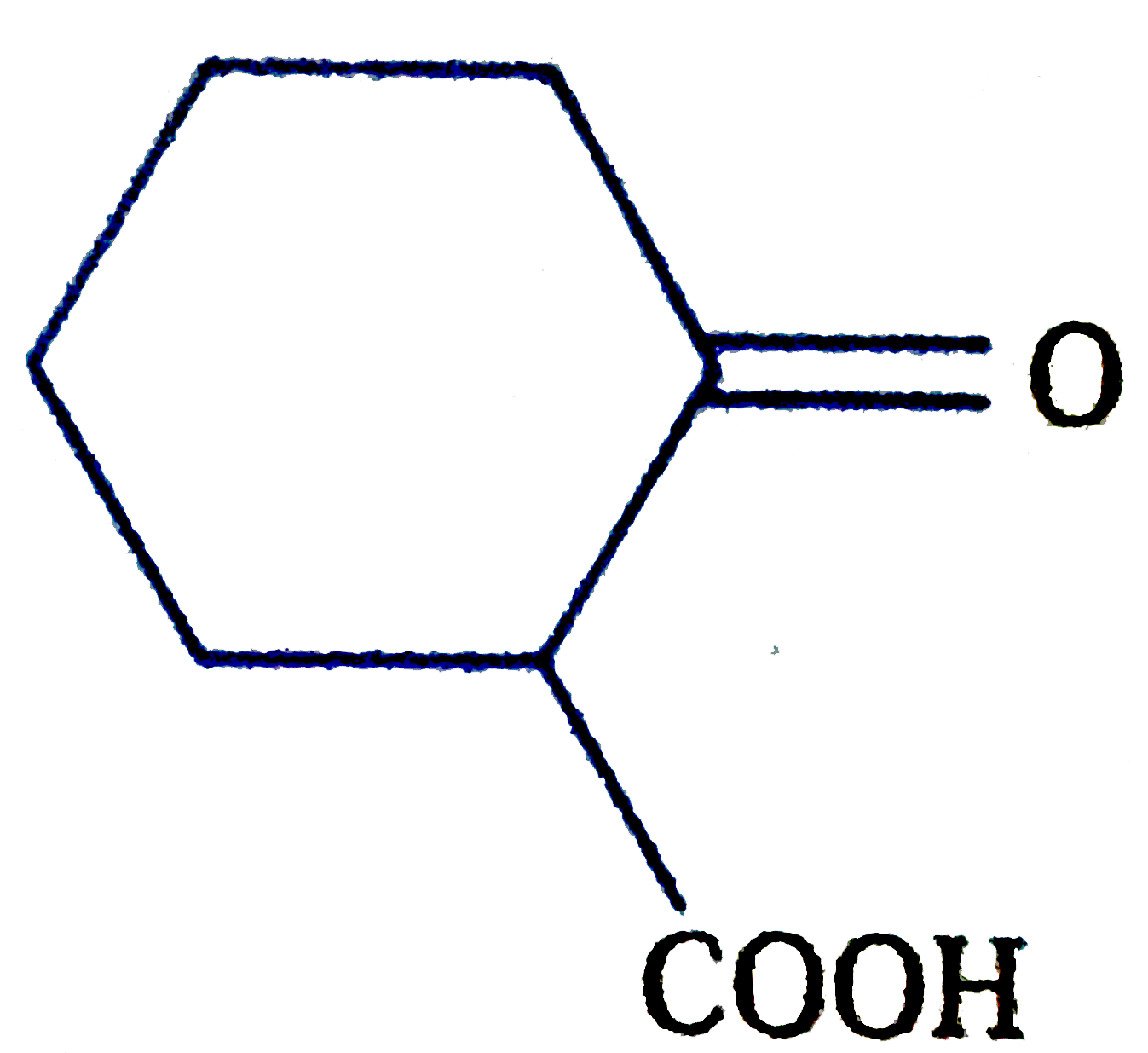
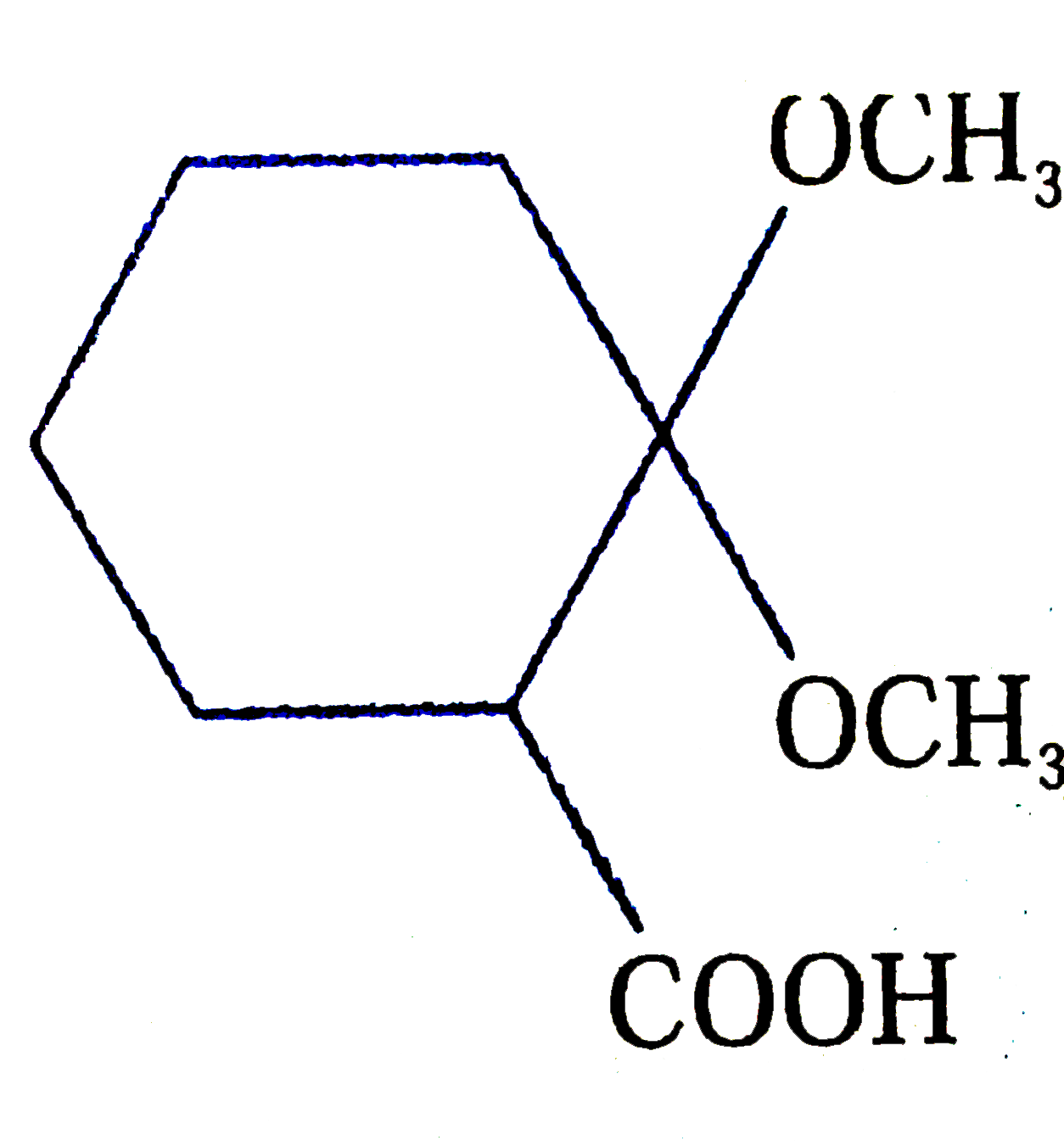
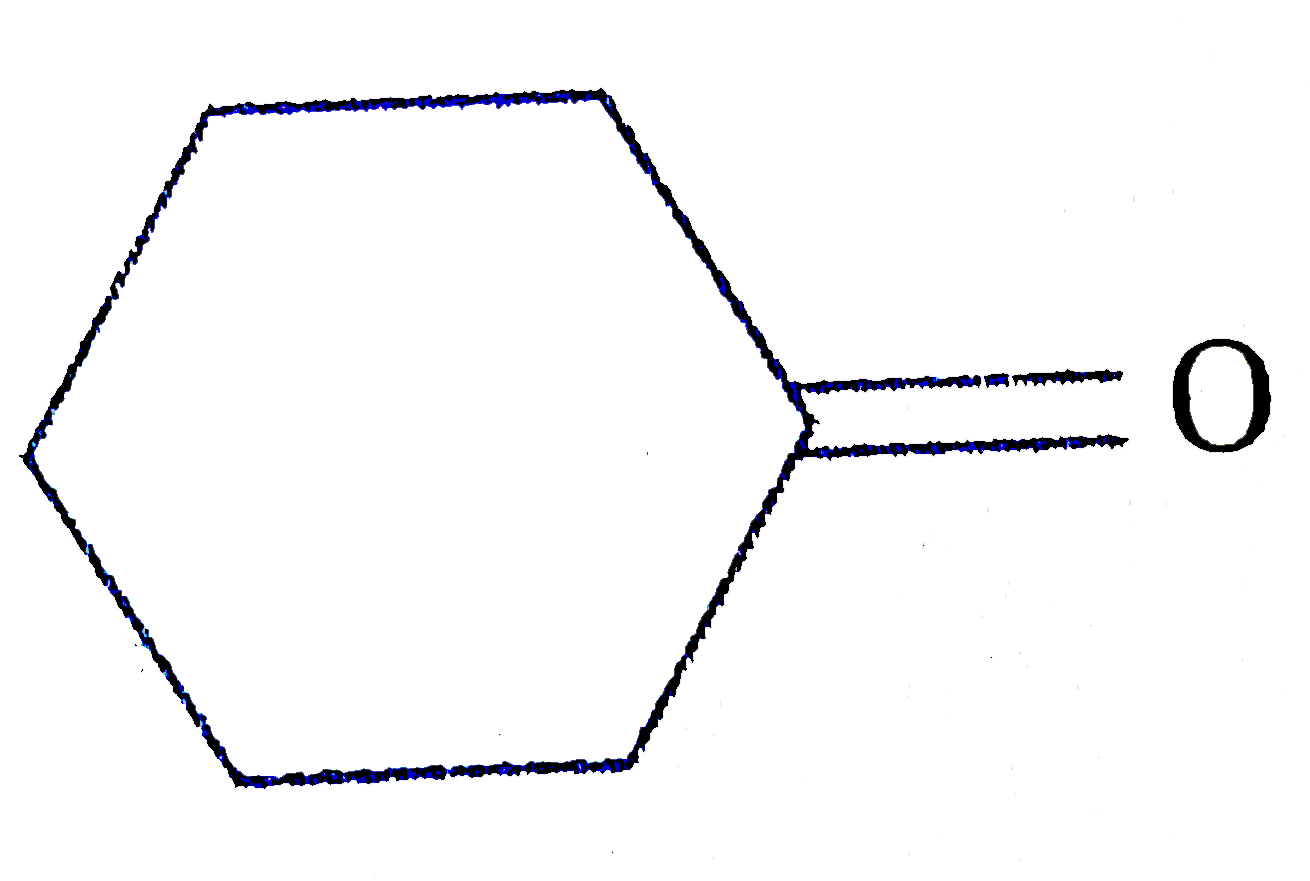
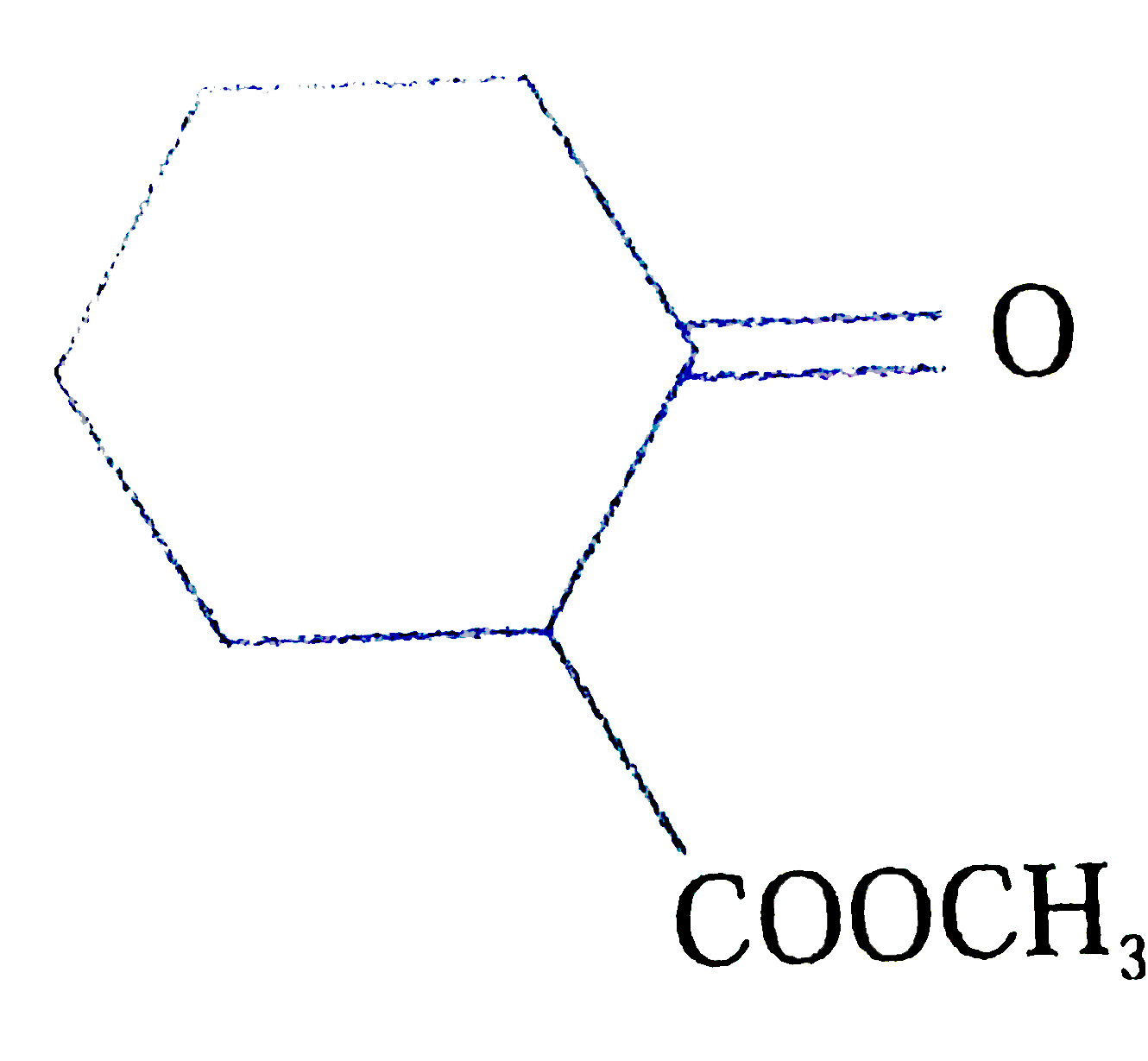 02:38View Solution
02:38View SolutionWhat is the most likely product form of the following reaction ?
`CH_(2)(CO OC_(2)H_(5))_(2)+Br(CH_(2))_(2)Broverset(EtONa)underset(EtOH)to overset(H^(+).H_(2)O) to`
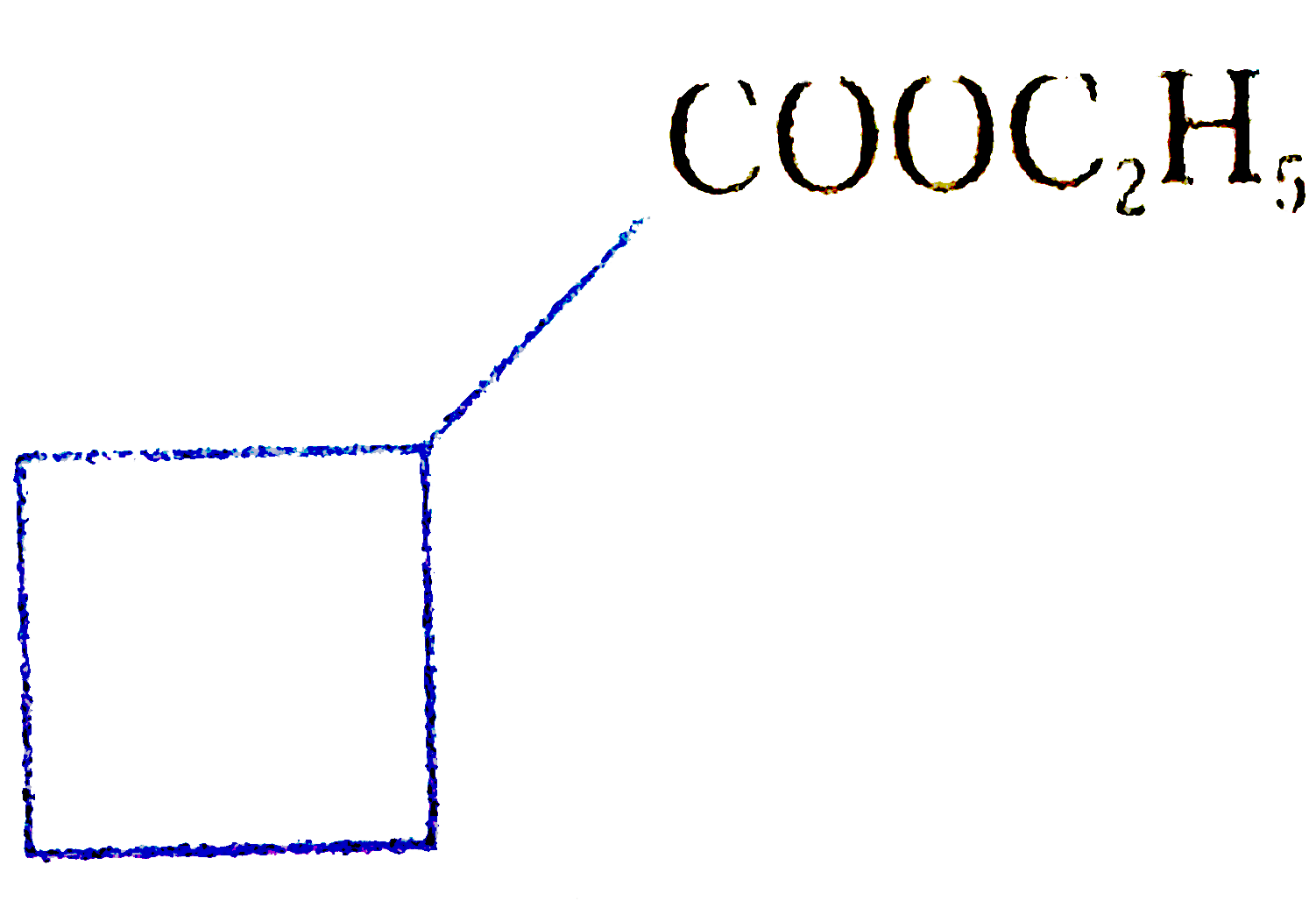
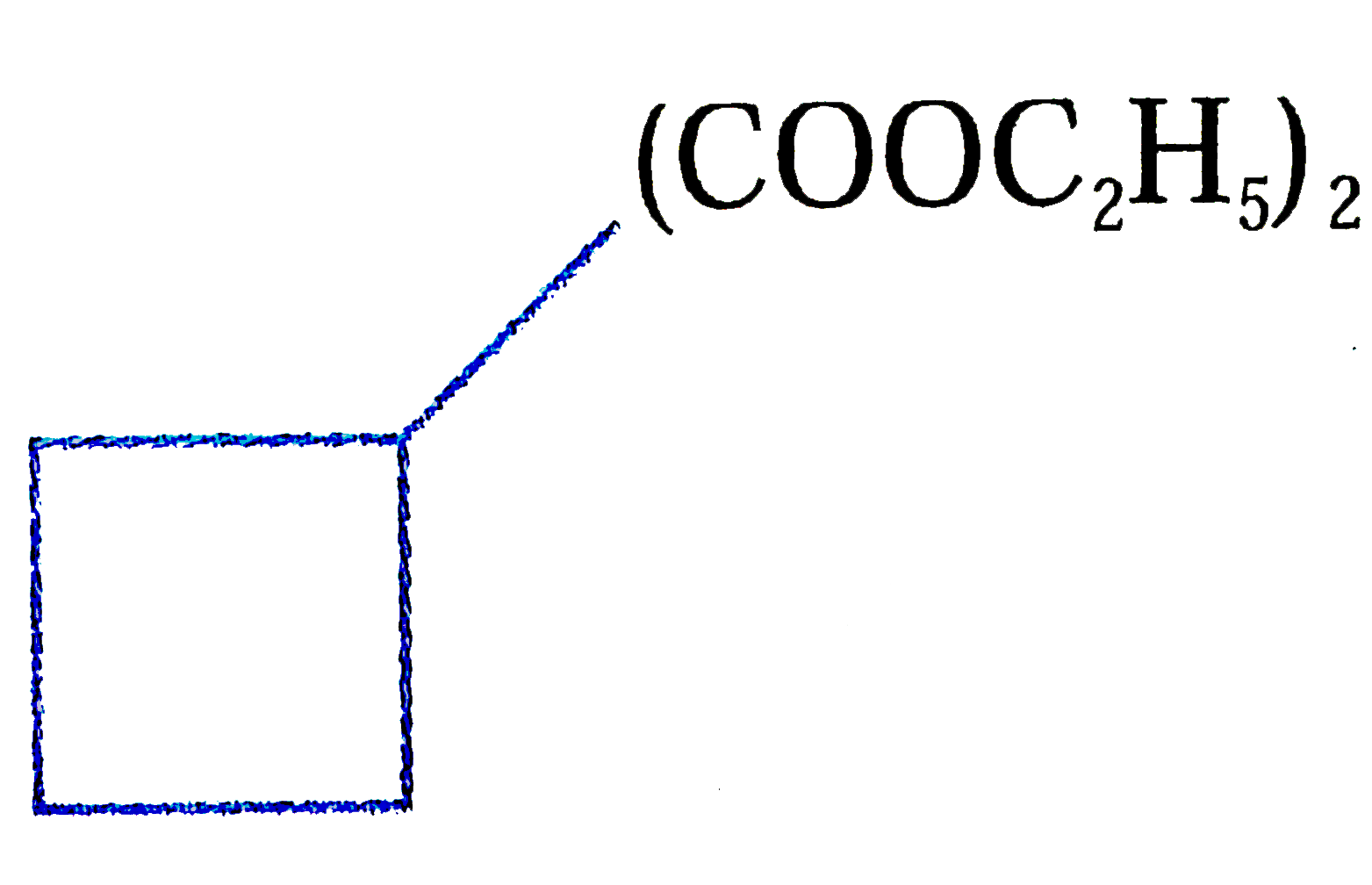

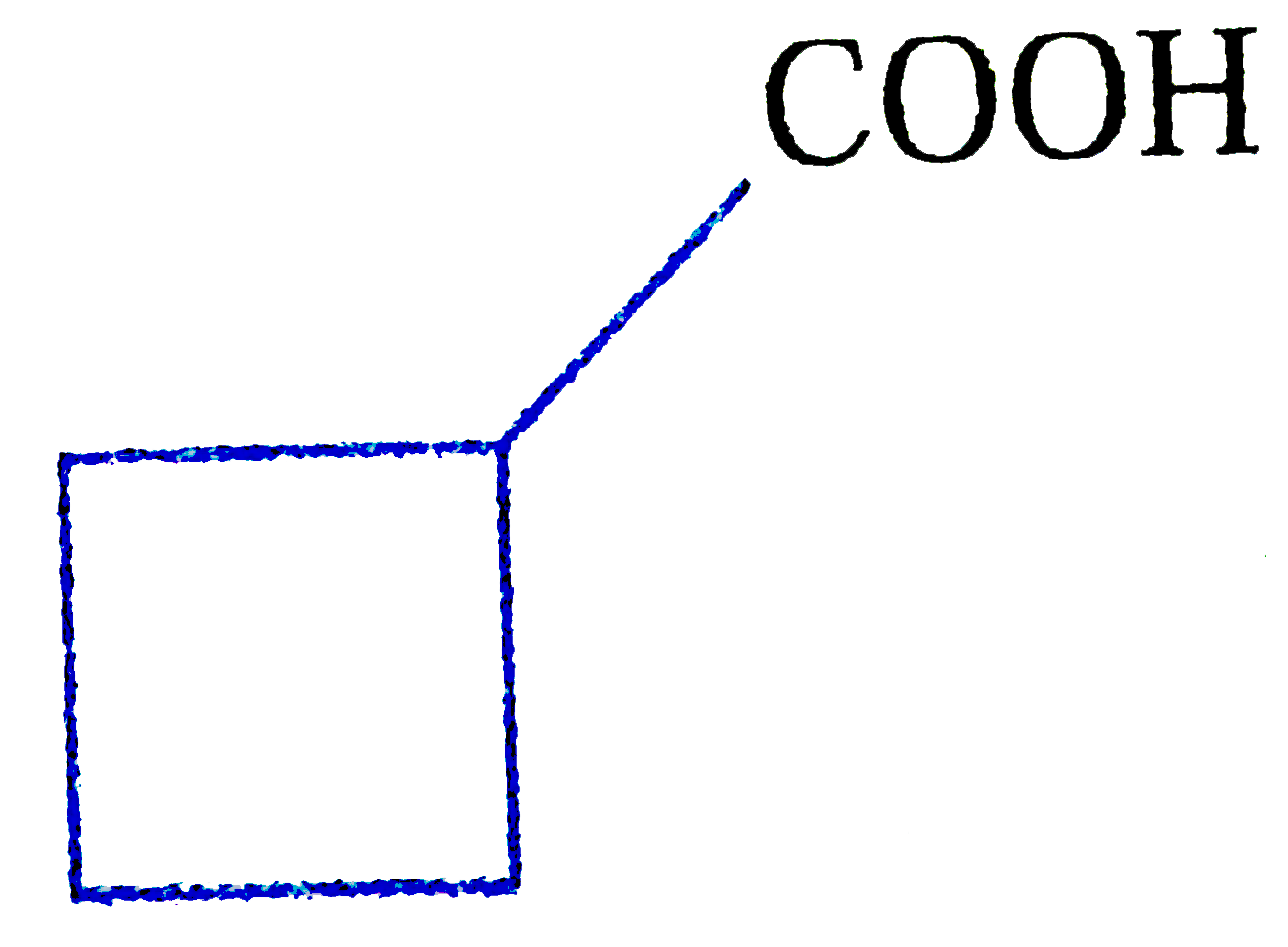 02:54View Solution
02:54View SolutionExplain why benzamide is less readily hydrolysed than methyl Benzoate.
03:07View SolutionStarting with parabenzoquinone how will you obtain 1,2,-4,-triacetoxy benzene.
04:21View SolutionCompared to alcohol explain why phenols cannot be converted into easters by direct reaction with carboxylic acid.
03:53View SolutionWrite the mechanism for the following reaction
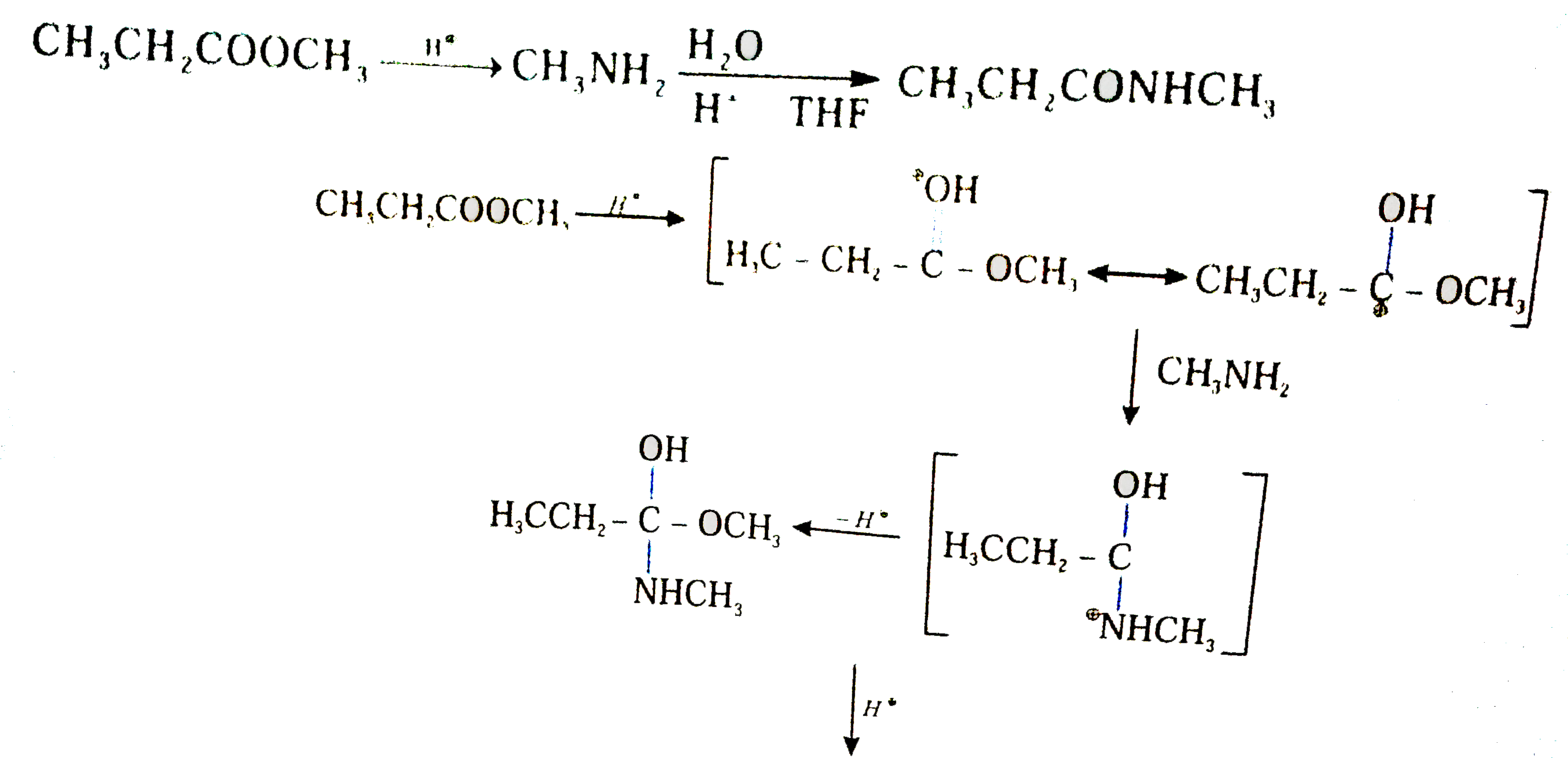 03:05View Solution
03:05View SolutionHow will you prepare hippuricated from Benzoylchloride ?
04:28View SolutionThe acid present in red ants is
01:22View Solution`beta`-chlorobutyric acid is name in IUPAC
02:50View SolutionThe general formula of `C_(n)H_(2n)O_(2)` could be for open chain
00:55View Solution`CH_(3)Cl overset(KCN) A`
`A overset(H_(2)O^(+)) to B`(final product) In this reaction 'B' is03:26View Solution`CH_(3)OH overset((i) X)underset((ii) Rh, Delta)toCH_(3)CO OH`. In this reaction 'X' is
02:22View SolutionIn vinegar the concentration of acetic acid is nearly
02:03View SolutionWhich of the following has highest boiling point ?
03:37View SolutionThe products formed when `PCl_(5)` reacts with acetic acid are
02:59View SolutionWhich of the following reduces carboxylic acid directly to primary alcohols
02:21View SolutionNumber of hydrogen bonds present between two acetic acid molecules when they are existing as dimer
01:37View SolutionWhich is false about acetic acid
03:11View SolutionIn the following reaction, X and Y are respectively.
`CH_(3)CO OH+NH_(3)to X overset(Delta)toY+H_(2)O`02:43View SolutionAssertion (A) : `CH_(3)CN` on hydrolysis gives Acetic Acid
Reason (R) : Cyanides on hydrolysis liberates `NH_(3)` gas02:20View SolutionMatch the acids given in Column I with their correct IUPAC names given in Column II.
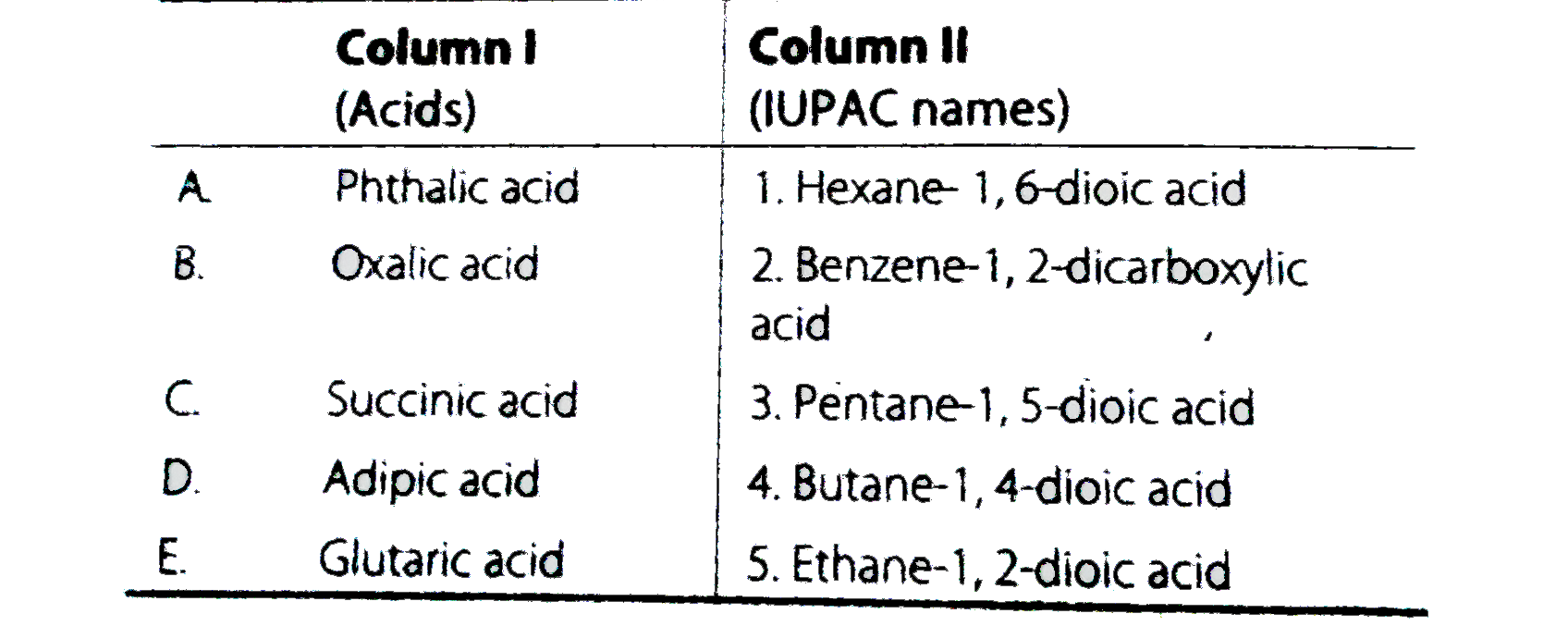 04:11View Solution
04:11View SolutionThe weaker acid among the following is
03:39View SolutionThe correct order of decreasing acid strength of trichloroacetic acid (A), trifluoroacetic acid (B), acetic acid (C), and formic acid (D) is
03:35View SolutionWhich of the following has highest tendency to ionise in aqueous solution ?
02:54View SolutionEthyl benzene `overset((i) KmNO_(4)//OH^(-))underset((ii) H^(+)//H_(2)O)toX ` Predicted X in above reaction
02:11View SolutionIn the anion `HCOO^-` , the carbon-oxygen bonds are found to be of equal length. This is due to :
02:21View Solution`X overset(+Y) to `Adipic acid , Here X and Y are respectively.
05:15View Solution2.3 gm Na is added to 6 gm of `CH_(3)CO OH`. The volume of `H_(2)` gas liberated at S.T.P.
02:21View Solution`C_(2)H_(5)Cl overset(aq KOH)underset(Delta) A`
`CH_(3)CO OH+A to B`. IUPAC name of 'B'03:21View SolutionWhich of the following is not derivative of carboxylic acids ?
02:21View SolutionWhich of the following reactions of acetic acid involve C-OH bond acids ?
I. Action with Na
II. Formation of acid chloride
III Action with `NaHCO_(3)`
IV. Formation of an ester03:13View SolutionOrder of decreasing acidity of
(I) HCOOH `" " (II) CH_(3)CO OH`
(III) `Cl_(2)CHCO OH" " (IV) CF_(3)CO OH` is03:39View SolutionThe correct order of increasing acidic strength of the following acids is
 03:19View Solution
03:19View SolutionThe relative order of rate of esterification of acids is
03:37View SolutionAmong ethabol (I) Acetic acid (II) phenol (III) and Benzoic acid (IV) the correct order of increasing acid strength is
03:30View SolutionWhich acid has lowest value of `pK_(a)` ?
02:31View SolutionWhich of following anion is a strongest base ?
04:37View SolutionWhich of the follwong compound does not have a carboxyl group.
02:05View SolutionThe -COOH group in benzne ring is
03:09View SolutionWhich of the following reactions is not the oxidation ?
03:16View SolutionCompound `Ph-O-overset(O)overset(||)(C)-Ph` can be prepared by the reaction of _____________.
04:50View SolutionAcetic acid can be used
03:32View SolutionHydrolysis of an ester gives a carboxylic acid which on Kolbe's electrolysis yields ethane. The ester is
01:33View SolutionIdentify C in the following reaction
`C_(2)H_(2) overset("Chromic acid")toA overset(NH_(3))toB overset(Delta)underset(-H_(2)O)to C`02:18View Solution`CH_(3)CN+H_(2)Ooverset(H^(+))toA overset("Excess" Cl_(2))underset(Red P)toB`. In the above reaction A and B are respectively
03:34View Solution`R-COCH_(3) overset(X_(2)//OH^(-))to CHX_(3)+`Carboxylate ion `overset(H^(+))to` carboxylic acid, in the above sequence. The carboxylic acid obtained is
02:30View SolutionOn mixiting ethyl acetate with aqueous sodium chloride, the composition of the resultant solution is
02:13View SolutionWhich of the following reagents may be used to distinguish between phenol and beznoic acid ?
01:02View SolutionSodium ethoxide has reacted with ethanoyl chloride. The compound that is produced in the above reaction is
01:56View SolutionThe major product obtanined on interaction of phenol with sodium hydroxide and carbon dioxide is
01:36View SolutionSodium ethoxide has reacted with ethanoyl chloride. The compound that is produced in the above reaction is
02:07View SolutionThe strongest acid amongst the following compound is
04:14View SolutionCompound (A) ,`C_(8)H_(9)Br` gives a white precipitate when warmed with alcoholic `AgNO_(3)` Oxidation of (A) gives an acid (B) `C_(8)H_(6)O_(4)` (B) easily forms anhydride on heating Identify the compound (A)
04:31View SolutionIn the reaction
`CH_(3)CO OH overset(LiAlH_(4))toA overset(PCl_(5))toB overset(Alc. KOH)toC`
The product C is04:20View SolutionWhich of the following carboxylic acids undergoes decarboxylation easily ?
02:31View Solution`CH_3CH_2 COOH overset(Cl_2//Fe)rarr (X) overset(Alc.) underset(KOH)rarr (Y)`
Compound `(Y)` is :01:20View SolutionCarboxylic acids react with diazomethane to yield :
02:04View SolutionAcetic acid on warming with hydrazoic acid in presence of conc. `H_(2)SO_(4)` gives :
02:22View Solution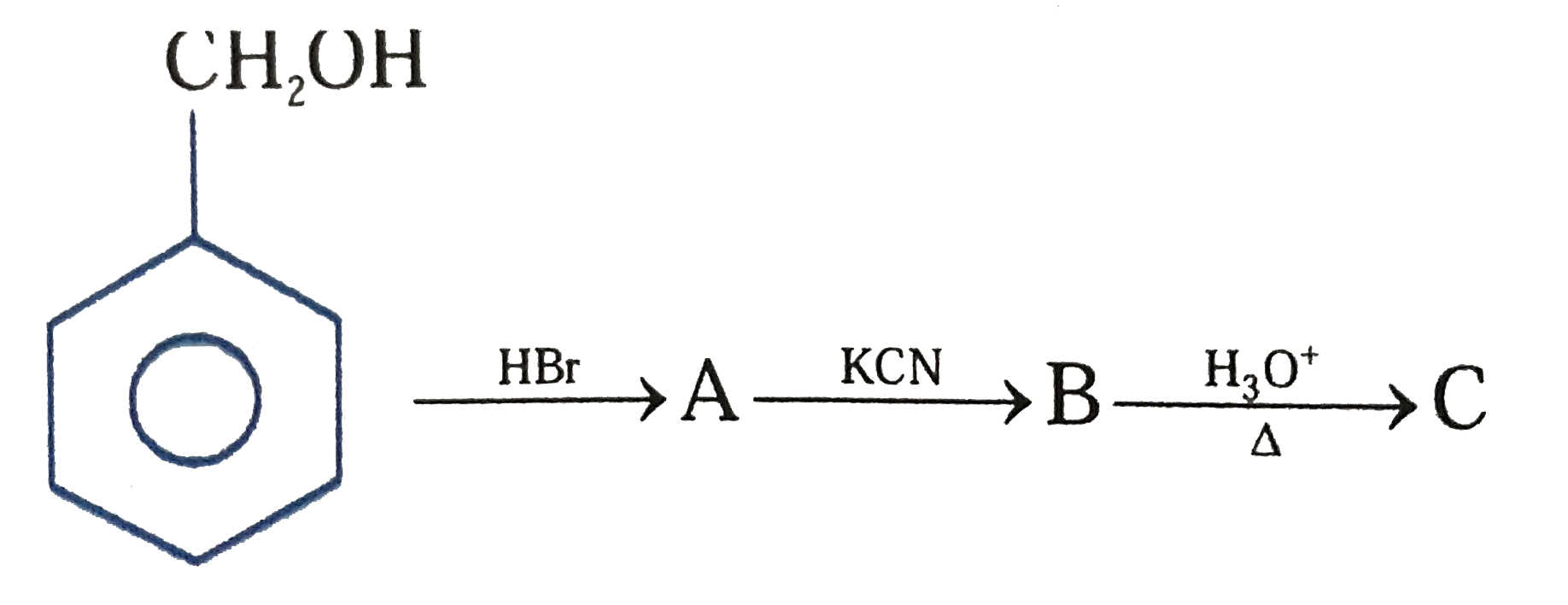
In the abvoe sequence of reactions. C is03:19View Solution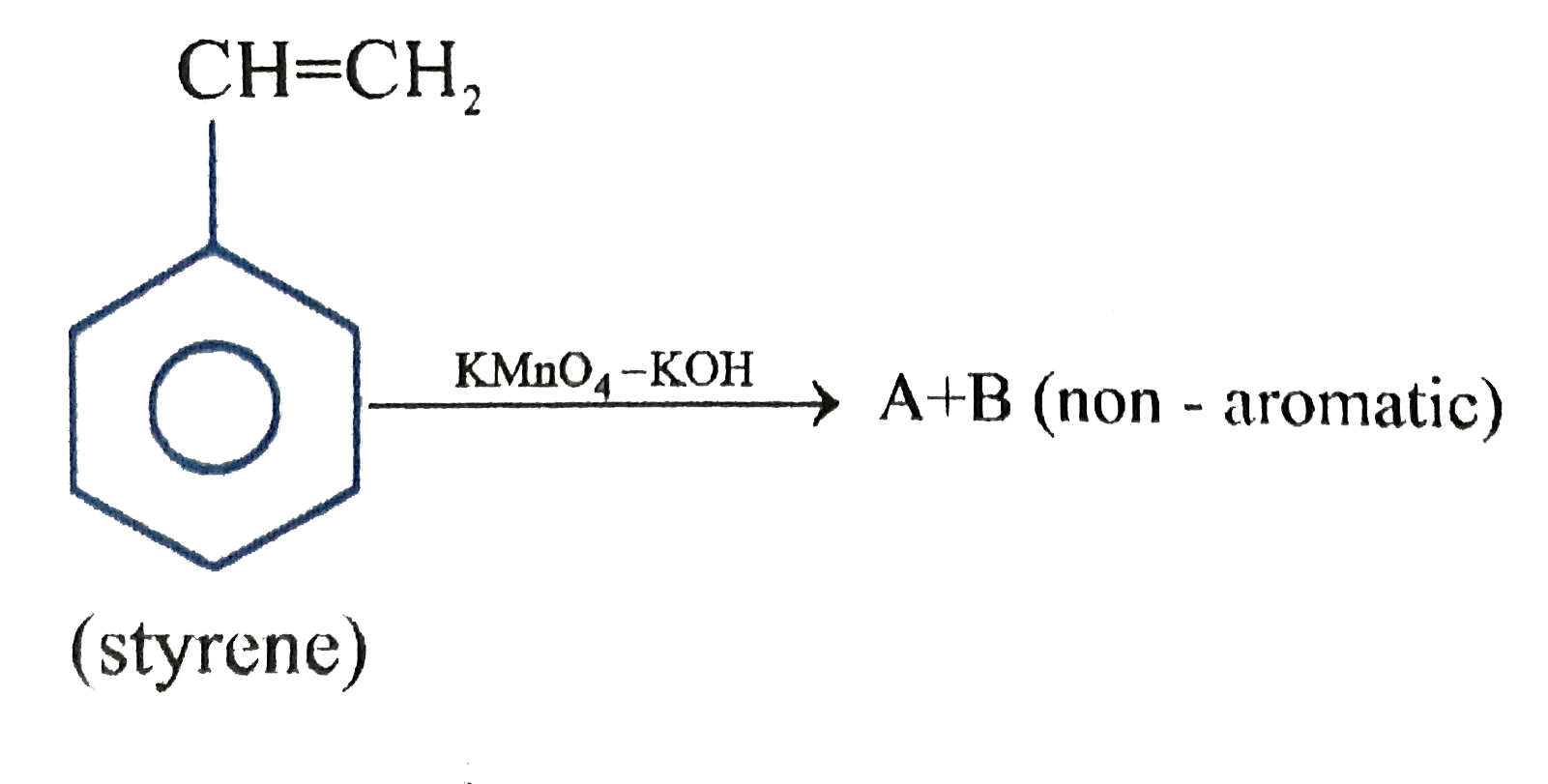
`A overset(H_(3)O^(+))toC`, in the above reaction, C is03:40View SolutionWhen `CH_(2)=CH -CO OH` is reduced with `LiAlH_(4)` the compound obtained will be
02:13View SolutionThe correct order of increasing acid strength of the compound
(A) `CH_(3)CO_(3)H " " (B) MeOCH_(2)CO_(2)H`
(C) `CF_(3)CO_(2)H" " 02:05View Solution
02:05View SolutionBoth the organic compounds A and B can release hydrogen with Na. only compound A can form a salt with NaOH. Whereas B cannot . When a reacts with B in presence of conc. `H_(2)SO_(4)`, a pleasant smelling compound is formed. The pair of compounds A and B can be respectively.
02:07View Solution`CH_(3)Cl+KCNto'X' overset("Hydrolysis")to'Y' overset(P_(2)O_(5))toZ`
In the above series of reaction 'Z' is02:40View Solution
In the above sequence of reactions , D is03:40View SolutionThe order of hydrolysis for the following is
02:40View SolutionWhat are `ul(A), ul(B),ul(C)` in the following reactions ?
(I) `(CH_(3)CO)_(2)Caoverset(Delta)ul(A)`
`II. CH_(3)CO_(2)H overset(HI)underset(Red P)toul(b)`
(III) `2CH_(3)CO_(2)H overset(P_(4)O_(10))toul(C)`02:04View SolutionWhich product is formed when the compound is treated with concentrated aqueous KOH solution ?
01:31View SolutionWhich is the most suitable reagent for the following conversion ?
`CH_(3)-CH=CH-CH_(2)-overset(O)overset(||)(C)-CH_(3)to`
`CH_(3)-CH=CH-CH_(2)-overset(O)overset(||)(C)-OH`04:45View SolutionTreatement of compound `Ph-O-overset(O)overset(||)(C)-Ph`
with NaOH solution yields02:09View SolutionDicarboxylic acids have carboxylic groups e.g.
HOOC-COOH,oxalic acid
HOOC`-CH_(2)-`COOH-Maloic acid
HOOC-`(CH_(2))_(3)`-COOH-Glutaric acid
HOOC,`(CH_(2))_(4)`-COOH,-Adipic acid
Acidity of dicarboxylic acids depends upon the stabillity of intermediate ion and upon the distance between two carboxylic groups. shorter the distance between two carboxylic groups, greater is the acididc character. Melting point of the acids depends on the symmetry. greater the symmetry, higher will be the mp. Dicarboxylic acids on heating give monocarboxylic acid, alkanes, cyclic ketones dependings on the conditions.
Which of the following is the most acidic ?02:09View SolutionDicarboxylic acids have carboxylic groups e.g.
HOOC-COOH,oxalic acid
HOOC`-CH_(2)-`COOH-Maloic acid
HOOC-`(CH_(2))_(3)`-COOH-Glutaric acid
HOOC,`(CH_(2))_(4)`-COOH,-Adipic acid
Acidity of dicarboxylic acids depends upon the stabillity of intermediate ion and upon the distance between two carboxylic groups. shorter the distance between two carboxylic groups, greater is the acididc character. Melting point of the acids depends on the symmetry. greater the symmetry, higher will be the mp. Dicarboxylic acids on heating give monocarboxylic acid, alkanes, cyclic ketones dependings on the conditions.
Which of the following dicarboxylic acid is used in the manufactures of nylon-6,6?01:37View SolutionDicarboxylic acids have carboxylic groups e.g.
HOOC-COOH,oxalic acid
HOOC`-CH_(2)-`COOH-Maloic acid
HOOC-`(CH_(2))_(3)`-COOH-Glutaric acid
HOOC,`(CH_(2))_(4)`-COOH,-Adipic acid
Acidity of dicarboxylic acids depends upon the stabillity of intermediate ion and upon the distance between two carboxylic groups. shorter the distance between two carboxylic groups, greater is the acididc character. Melting point of the acids depends on the symmetry. greater the symmetry, higher will be the mp. Dicarboxylic acids on heating give monocarboxylic acid, alkanes, cyclic ketones dependings on the conditions.
Sodium adipate on electrolysis gives :01:07View SolutionCarboxylic acids having at least one `alpha`-hydrogen react with `Cl_(2)` or `Br_(2)` in the presence of phosphorous to give `alpha`-halo acids. The reaction is known as Hell -volhar-Zelinsky reaction (HVZ reaction).
`R-CH_(2)-CO OH overset(P//Br_(2))underset(Delta)toR-CH(Br)CO OH`
The HVZ reaction is limited to the formation of `alpha`-chloro and `alpha`-bromo acids and it is sometimes backward to carry out. the reagents (`X_(2)` and `P`) are noxious and the reaction time is often long and the conditions of reaction are harsh.
Which of the following carboxylic acids will not give HVZ reaction ?01:25View SolutionCarboxylic acids having at least one `alpha`-hydrogen react with `Cl_(2)` or `Br_(2)` in the presence of phosphorous to give `alpha`-halo acids. The reaction is known as Hell -volhar-Zelinsky reaction (HVZ reaction).
`R-CH_(2)-CO OH overset(P//Br_(2))underset(Delta)toR-CH(Br)CO OH`
The HVZ reaction is limited to the formation of `alpha`-chloro and `alpha`-bromo acids and it is sometimes backward to carry out. the reagents (`X_(2)` and `P`) are noxious and the reaction time is often long and the conditions of reaction are harsh.
Which of the following will be obtained when acetic acid is subjected to HVZ reaction ?01:53View SolutionCarboxylic acids having at least one `alpha`-hydrogen react with `Cl_(2)` or `Br_(2)` in the presence of phosphorous to give `alpha`-halo acids. The reaction is known as Hell -volhar-Zelinsky reaction (HVZ reaction).
`R-CH_(2)-CO OH overset(P//Br_(2))underset(Delta)toR-CH(Br)CO OH`
The HVZ reaction is limited to the formation of `alpha`-chloro and `alpha`-bromo acids and it is sometimes backward to carry out. the reagents (`X_(2)` and `P`) are noxious and the reaction time is often long and the conditions of reaction are harsh.
`CH_(3)-CO OH overset(Br_(2)//P)to(A) overset(NaCN)to(B) overset(HOH//H^(+))to(C)`
The product (C) will be01:57View SolutionIn `CH_(3)CO OH` molecule, the C-C bond is formed by
02:04View SolutionIUPAC name of
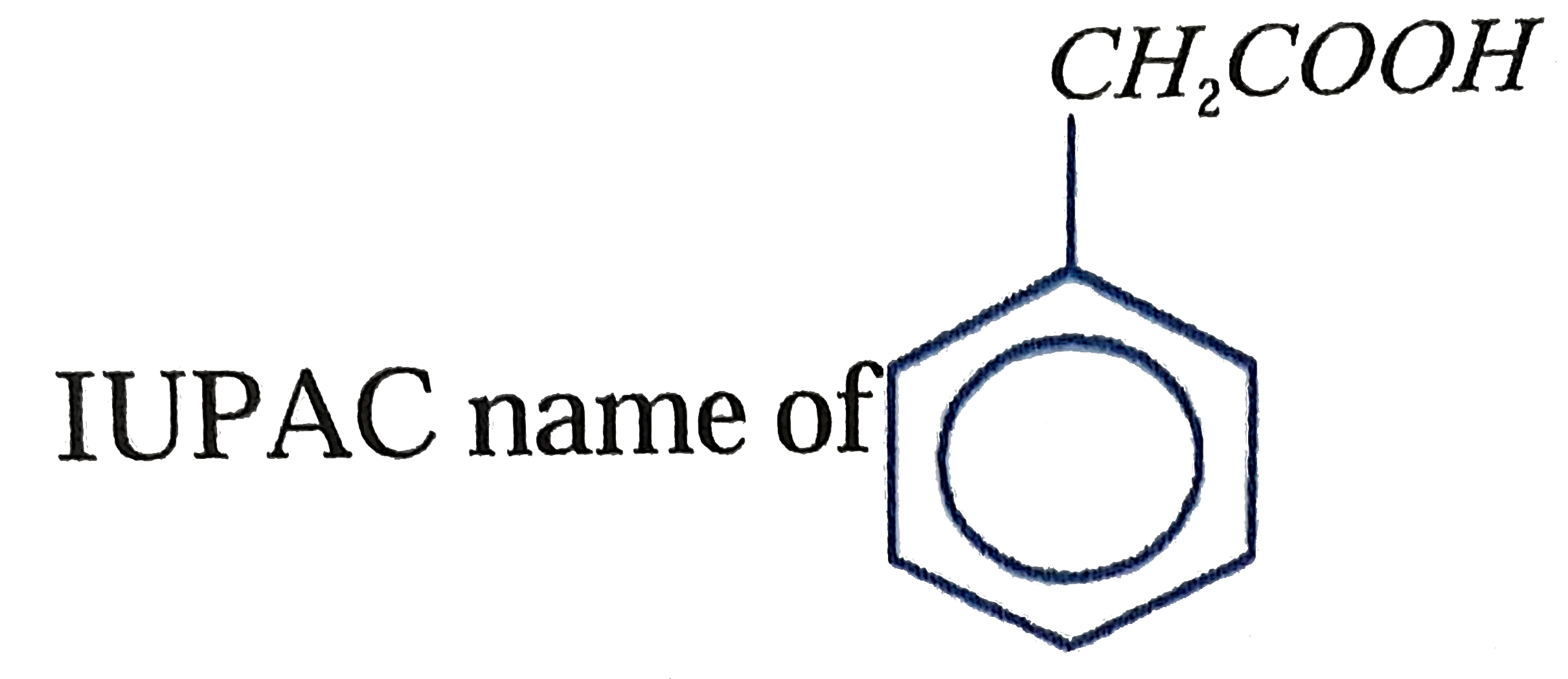 01:16View Solution
01:16View SolutionWhich of the following is a pair of functional isomers ?
01:43View SolutionToluene `overset(KMnO_(4)//KOH//H_(3)O^(+))toA`. What is the A?
01:17View SolutionWhich of the following can't form `CH_(3)CO OH` from `C_(2)H_(5)OH`
(A) PCC (B) PDC
`(C) K_(2)Cr_(2)O_(7)//H^(+)" " ` (D) Micodermaaceti01:51View SolutionLower carboxylic acids are souble in water due to
02:41View SolutionWhich graph represents correct for boiling point of:- (1) Ethane (2) Ethyl alcohol
(3) Acetic Acid03:12View SolutionWhich of the following statements is/are correct ?
03:45View SolutionWhich of the following will give readily a hydrocarbon ?
02:34View SolutionAn organic compound reacts (i) with metallic sodium to liberate hydrogen and (ii) with `Na_(2)CO_(3)` solution to liberate `CO_(2)`. The compound is
02:34View SolutionAcetic acids exists in dimer state in benzene due to
03:01View SolutionWhich hydrogen atom of acetic acid is replaced by `Cl_(2)` in presence of red P ?
03:46View SolutionThe correct of increasing acidic strength is _____.
04:01View Solution
All Questions questions and complete solutions for chapter CARBOXYLIC ACID of NARAYANA CHEMISTRY (HINGLISH) of Class 12
